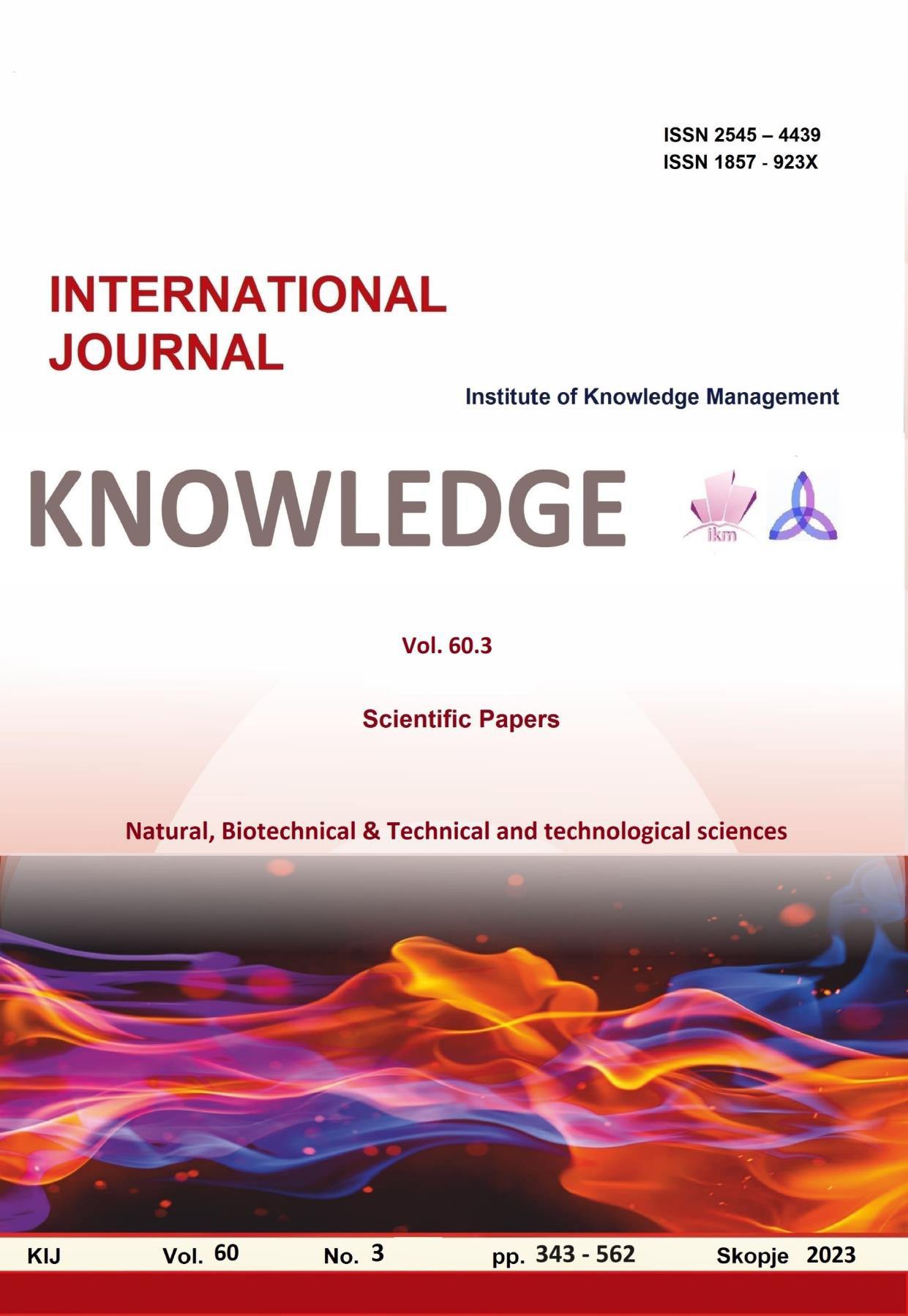PREDVIĐANJE EMISIJE PM2.5 PRIMENOM VNM
PREDICTION OF PM2.5 EMISSIONS USING ANN
Author(s): Lidija Stamenković, Ljiljana Đorđević, Gordana Bogdanović, Tijana MilanovićSubject(s): Economy, Energy and Environmental Studies
Published by: Scientific Institute of Management and Knowledge
Keywords: PM2.5;emissions prediction;air pollution;MLP;ANN
Summary/Abstract: Rapid economic and industrial development and the emission of various pollutants into the atmosphere result in increasing pressure on the environment. Particulate matter, PM2.5 represent one of the most significant atmospheric pollutants and one of the most significant indicators of air quality. In this sense, the monitoring of this pollutant is extremely important, especially if we take into account the negative consequences on human health caused by long-term exposure to this pollutant. The subject of this paper is the development of a model based on artificial neural networks (ANN) for the prediction of PM2.5 emissions at the national level. For the development of the model, a standard three-layer neural network with one input layer, one hidden layer and one output layer was used in this work. For the development of the ANN model, available data for 23 countries of Europe for the period from 2010 to 2019 were used. One of the most important segments in the development of the ANN model is the selection of the most important input parameters, i.e. those input parameters that have the greatest influence on the output. As industry and traffic have a significant effect on the emissions of PM2.5, in this paper 7 inputs were selected that were considered to contribute to the emissions of this pollutant. Industrial, economic and traffic indicators were used as input data for the development of the model: Energy productivity, Final energy consumption-total, Final energy consumption - transport sector, Final energy consumption in households, Modal split of passenger transport, Primary energy consumption and Gross domestic product. To evaluate the performance of the created model, the statistical performance indicator coefficient of determination R2 was used. The obtained results of the created ANN model show a very good agreement between the measured and the ANN model predicted PM2.5 emissions values, with the value of the coefficient of determination R-0.869. During the development of the ANN model, the significance of individual inputs was also assessed. It turned out that Final energy consumption in households and Gross domestic product have the greatest influence on PM2.5 emissions. Other inputs have a slightly smaller influence, but certainly significant. Bearing in mind the importance of PM2.5 as an atmospheric pollutant, the existence of alternative models, in addition to the existing ones, for estimating the emissions of this pollutant is of great importance. Based on the results of the model, it can be said that ANN can serve as an alternative model for estimating PM2.5 emissions.
Journal: Knowledge - International Journal
- Issue Year: 60/2023
- Issue No: 3
- Page Range: 437-442
- Page Count: 6
- Language: Serbian

